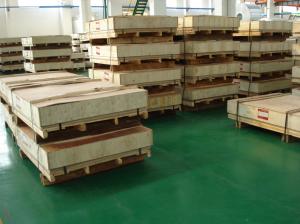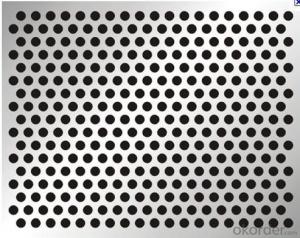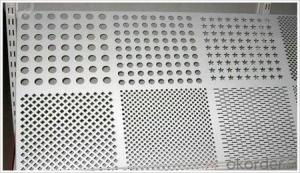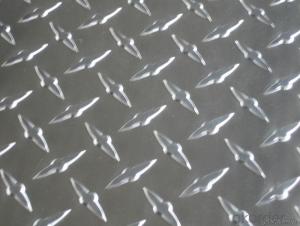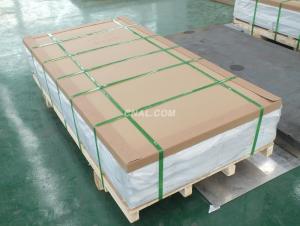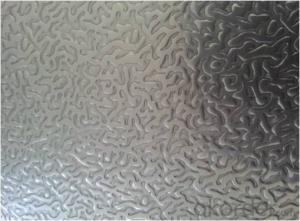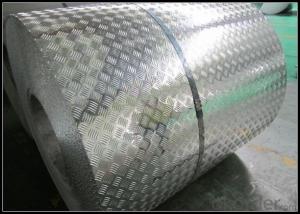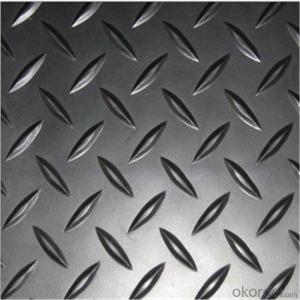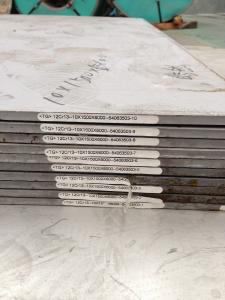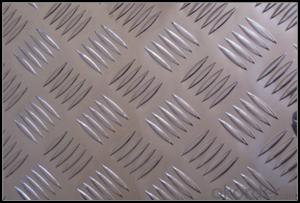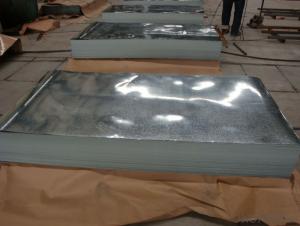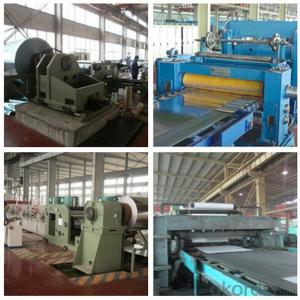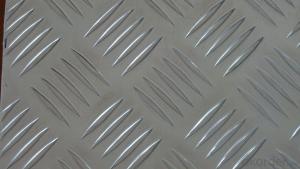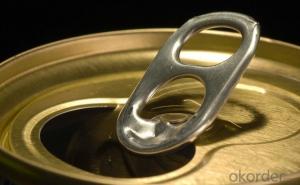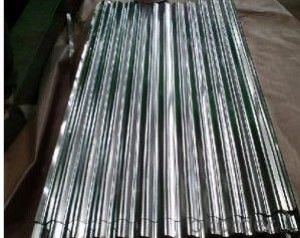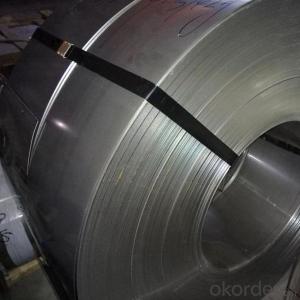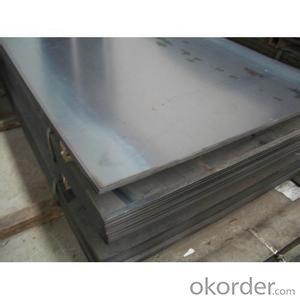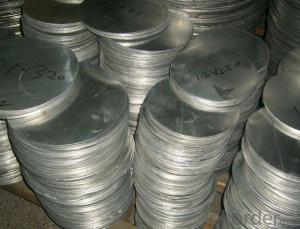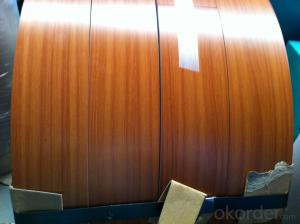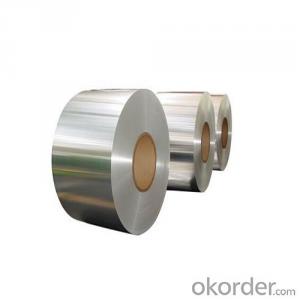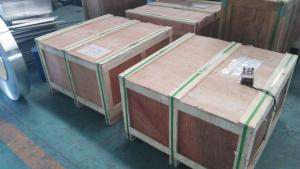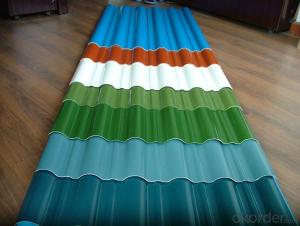Diamond Plate Aluminum Sheets
Diamond Plate Aluminum Sheets Related Searches
102'' Wide Aluminum Roof Coil Aluminum Roof Coil Scaffolding Roof Permanent Roof Shingles Roof Tarp Roof LaggingHot Searches
Aluminum Diamond Plate For Sale 1 4 Aluminum Diamond Plate Price 4x8 Aluminum Diamond Plate Price 4x8 Diamond Plate Aluminum Price Embossed Aluminum Coil Factory Wholesale Aluminum Diamond Plate Aluminum Diamond Plate Prices Aluminum Diamond Plate Suppliers Diamond Plate Aluminum Near Me Aluminum Diamond Plate Near Me Aluminum Diamond Plate Nearby Diamond Plate Aluminum Lowe's Aluminum Diamond Plate For Sale 1 4 Aluminum Diamond Plate Price 4x8 Aluminum Diamond Plate Price 4x8 Diamond Plate Aluminum Price Wholesale Aluminum Diamond Plate Aluminum Diamond Plate Prices Aluminum Diamond Plate Suppliers Diamond Plate Aluminum Near MeDiamond Plate Aluminum Sheets Supplier & Manufacturer from China
Okorder.com is a professional Diamond Plate Aluminum Sheets supplier & manufacturer, offers integrated one-stop services including real-time quoting and online cargo tracking. We are funded by CNBM Group, a Fortune 500 enterprise and the largest Diamond Plate Aluminum Sheets firm in China.Hot Products
FAQ
- It is possible to emboss or texture 101 aluminum sheets. Aluminum is a highly adaptable material that can be easily molded and formed. To emboss or texture aluminum sheets, pressure or heat is applied to create patterns that are either raised or recessed on the surface. There are different methods available for this process, including mechanical embossing or chemical etching. As long as the aluminum sheets are of suitable thickness and good quality, it is feasible to achieve desired designs and patterns through embossing or texturing.
- Distortion of aluminum sheets during welding can be prevented by implementing several measures. Firstly, utilizing proper welding techniques such as using appropriate heat input, controlling the welding speed, and using a suitable welding process can minimize distortion. Additionally, employing proper fixturing and clamping techniques to secure the sheets in place during welding can help maintain their shape. Pre-heating or post-weld heat treatment can also be employed to alleviate residual stresses and minimize distortion. Lastly, selecting the right filler material and adjusting its composition can aid in reducing distortion during the welding process.
- Yes, aluminum sheets can be used for chemical reactors. Aluminum is often chosen for its corrosion resistance, lightweight properties, and ability to withstand high temperatures, making it suitable for various chemical processes in reactor applications. However, it is important to consider the specific chemical reactions and conditions involved, as certain chemicals or extreme conditions may chemically react with or degrade aluminum.
- Yes, aluminum sheets can be used in outdoor environments. Aluminum is highly resistant to corrosion and is known for its durability, making it a suitable material for various outdoor applications such as roofing, siding, and signage. Additionally, aluminum sheets can withstand exposure to weather elements like rain, sunlight, and temperature fluctuations, making them an excellent choice for outdoor use.
- Does it make any difference shiny side up, shiny side down when it comes to cooking with aluminum foil?
- The shiny side is slightly better reflector of heat. Face that side of the foil in the appropriate direction. To keep things cold, put the shiny side on the outside -- that will reflect incoming heat. To keep things warm, face the shiny side inward toward the hot food -- to reflect the heat that is trying to escape back into the food. Note that people often bake potatoes with the shiny side out -- that is because it makes for a better (prettier) presentation. In reality, baking them that way reflects the incoming heat on the outside, slightly slowing the cooking process. Of course, in reality, which side of the foil faces where makes little difference. It does make for lively conversation, though.
- Yes, aluminum sheets can be used in marine environments. Aluminum is a popular choice for marine applications due to its excellent corrosion resistance. Unlike other metals, aluminum forms a protective oxide layer on its surface when exposed to oxygen, preventing further corrosion. This makes it ideal for use in saltwater environments where the risk of rusting and corrosion is high. Additionally, aluminum is lightweight, durable, and has a high strength-to-weight ratio, making it suitable for various marine applications such as boat hulls, shipbuilding, offshore platforms, and other marine structures.
- How to distinguish aluminum sheet from magnesium sheet?
- magnesium sheet will react with alkali.
- which kind of enterprises are aluminium sheet circles used in?
- user use cold squezz method to transform the aluminum sheet circle into various standard capacitor shell, aluminium collapsible tube shell, which are broadly used in electron industry, daily chemical industry, medicine, education and automobile products,electrical appliance, heat preservation, machine manufacturing, automobile,spaceflight,military industry,mould, construction, printing and other industries.
